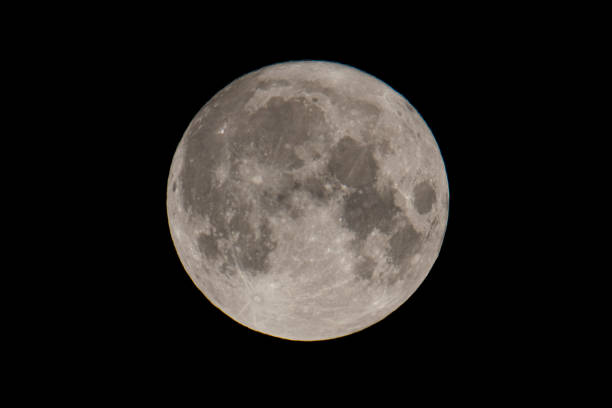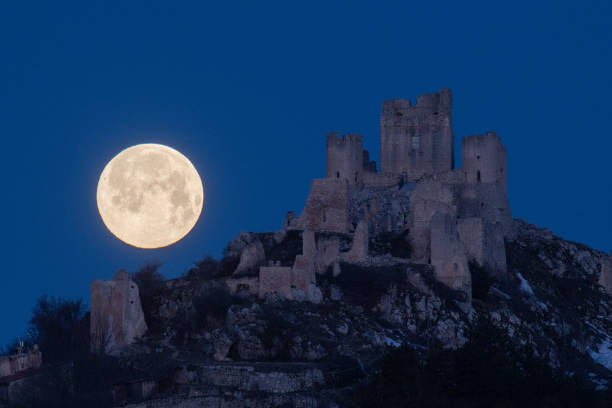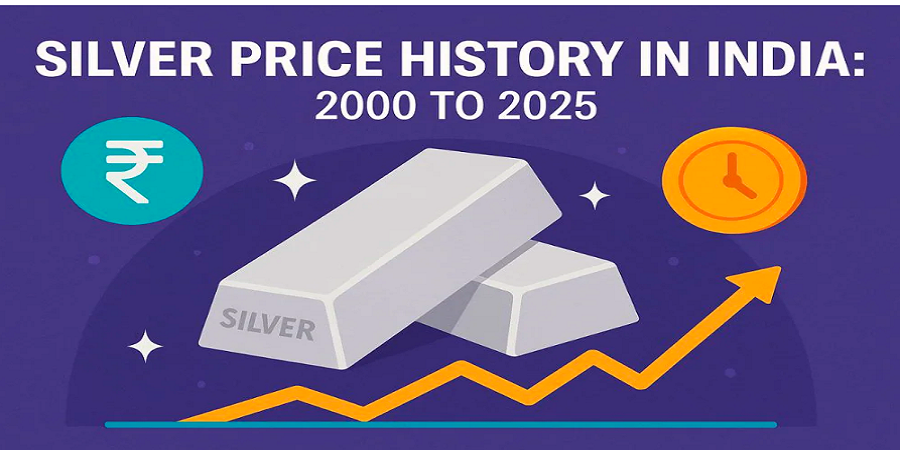Celestial Spectacles in August: A Stargazer’s Guide to Full Moons, Supermoons, Blue Moons, and Meteor Showers
The month of August promises to be a celestial treat for astronomy enthusiasts and stargazers alike. As we gaze upon the night sky, we will witness several fascinating astronomical events, including full moons, supermoons, blue moons, and an enchanting meteor shower. In this blog post, we will explore these celestial spectacles in detail, providing you with all the information you need to make the most of these captivating occurrences.
1. Full Moons in August:
August is set to feature not one but two full moons this year. The first, known as the “Sturgeon Moon,” will grace the skies on August 1st. Named after the abundance of sturgeon fish in North American lakes during this time, the Sturgeon Moon marks the full moon closest to the summer equinox.
The second full moon, known as the “Corn Moon,” will occur on August 31st. This name originated from the Native American tradition, signifying the time to harvest the ripened corn crops.
On August 22nd, we will be treated to a spectacular supermoon. This phenomenon occurs when the moon’s orbit brings it closest to Earth, resulting in a larger and brighter appearance than usual. This “Perigean Full Moon,” commonly referred to as the “Supermoon,” will be a sight to behold, illuminating the night sky with its awe-inspiring brilliance.
Interestingly, the term “Blue Moon” does not refer to the moon’s color but rather signifies the occurrence of two full moons within a single calendar month. As mentioned earlier, August will showcase two full moons – the Sturgeon Moon on the 1st and the Corn Moon on the 31st – making the latter a rare Blue Moon event.
One of the most anticipated meteor showers of the year, the Perseids, will peak on the night of August 11th to 12th. This captivating shower occurs when Earth passes through the debris left behind by Comet Swift-Tuttle, causing the meteors to streak across the night sky in a mesmerizing display.

Tips for Optimal Viewing:
– Escape Light Pollution: To fully immerse yourself in the celestial spectacle, choose a location away from city lights to minimize light pollution. Parks, rural areas, or high vantage points are excellent options for unobstructed views.
– Check the Weather: Before setting out to witness these astronomical events, check the weather forecast for your location. Clear skies are crucial for a successful stargazing experience.
– Be Patient: Observing meteor showers can require some patience, as it may take time for your eyes to adjust to the darkness and for the meteors to become more frequent. Relax, enjoy the night sky, and let the cosmic display unfold before your eyes.
August promises to be a remarkable month for astronomy enthusiasts and nature lovers alike. From the Sturgeon Moon on the 1st to the Corn Moon on the 31st, the month will bookend with two splendid full moons. Sandwiched between them, the Perseid Meteor Shower on August 11th and 12th will create a breathtaking celestial dance. And to add to the celestial wonder, a Supermoon will grace our skies on August 22nd, illuminating the night with its captivating glow.
As we marvel at these celestial spectacles, let us remember that even the laws governing the heavens follow a precise and predictable pattern. Just as we can anticipate the arrival of these astronomical events, so too can we rely on the laws that govern our legal system to uphold justice and fairness. As we gaze at the wonders of the universe, let us also reflect on the importance of upholding the rule of law in our society, ensuring that it remains a guiding light for all. Happy stargazing!










